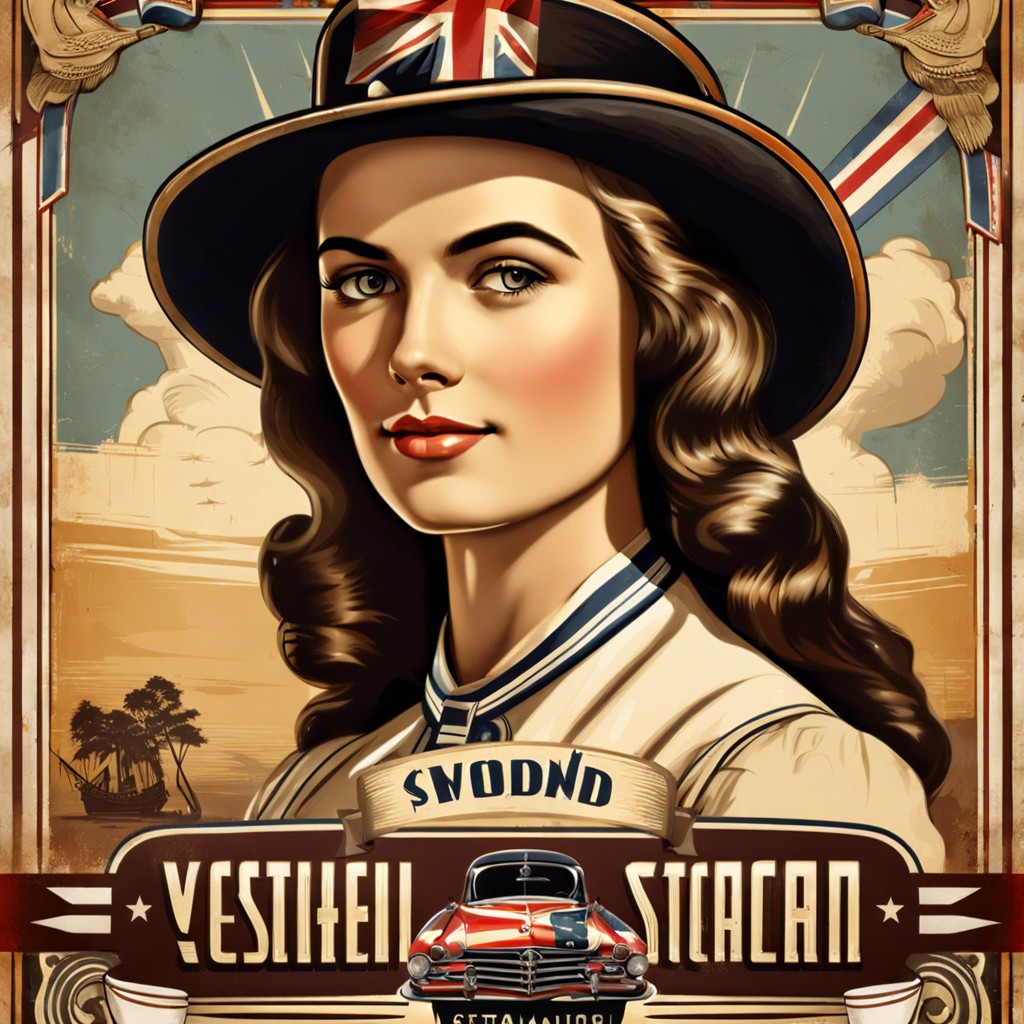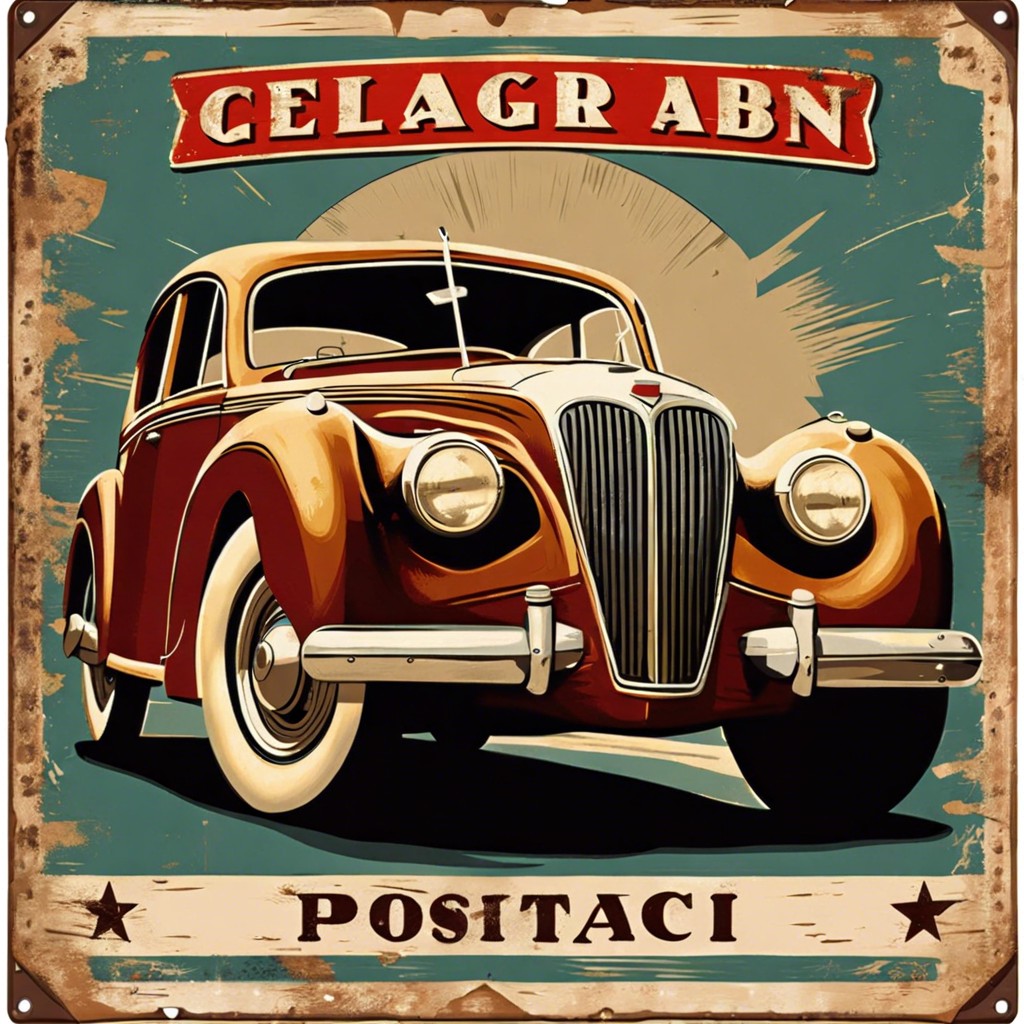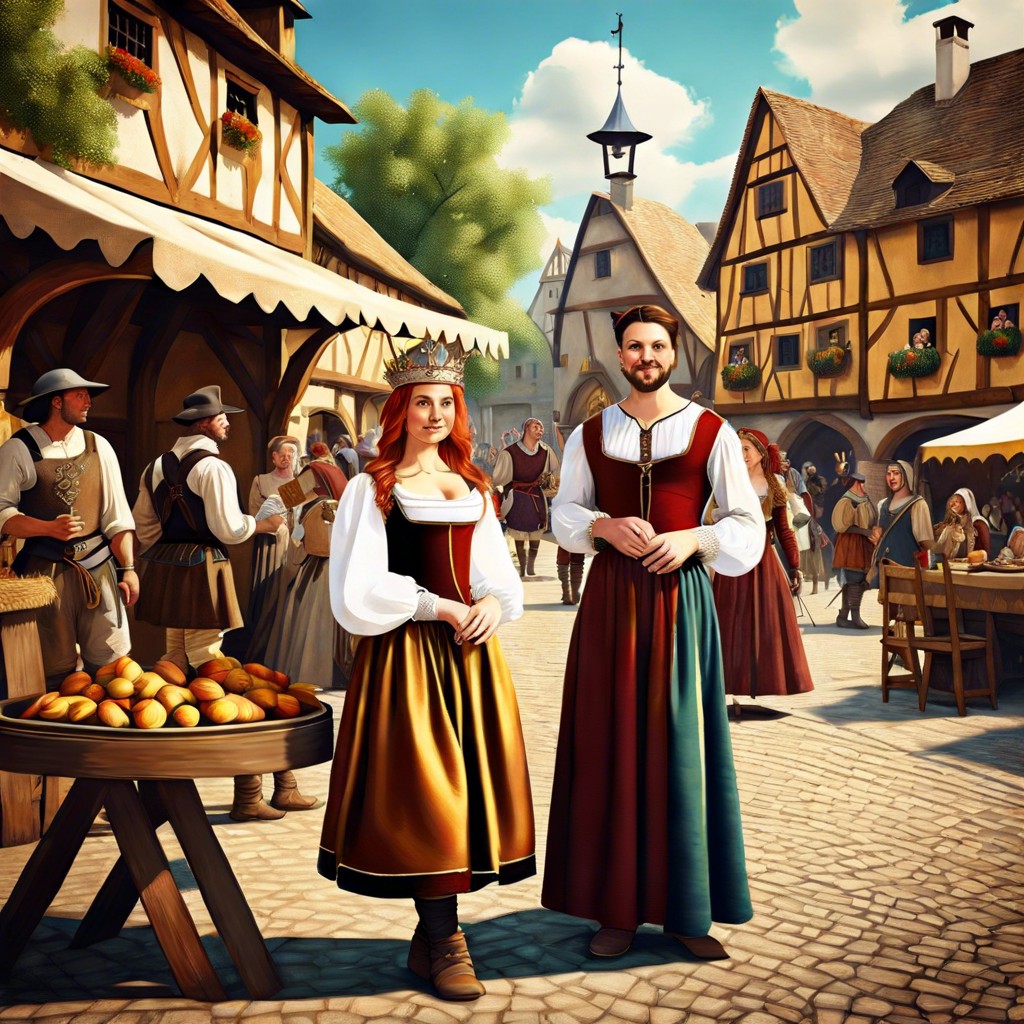Last updated on
Vintage posters are not just decorative pieces but also hold significance in the realms of art, history, and collecting; this article will inform you about their origins, evolution, value assessment, and preservation.
Key takeaways:
- Vintage posters hold historical and artistic significance.
- Different artistic styles and movements can be seen in vintage posters.
- The condition and preservation of a poster affect its value.
- Factors such as rarity, artist, and historical significance determine market value.
- Case studies highlight the impact of provenance and cultural relevance.
Historical Significance of Vintage Posters

Vintage posters are windows into the past, providing visual narratives of historical events, cultural shifts, and advancements in technology. Originally, these posters served as advertisements and propaganda, often embodying the artistic trends and societal attitudes of their time.
In the late 19th century, the advent of lithography revolutionized poster production, allowing for vibrant colors and intricate designs. This led to the Belle Époque era, where posters not only advertised products and events but also became recognized as an art form, with artists like Jules Chéret and Henri de Toulouse-Lautrec emerging as masters.
The two World Wars saw posters take on a role of public messaging, used to boost morale and influence public opinion. The bold graphics and strong messages of wartime propaganda posters offer insight into the psychology of nations at war.
The mid-20th century introduced posters as a medium for political activism and social commentary. These echo the concerns and aspirations of social movements, such as civil rights, women’s liberation, and environmentalism.
In the realm of entertainment, vintage posters serve as a record of the golden age of Hollywood, the evolution of music genres, and the history of sports, crystallizing iconic moments and figures that shaped popular culture.
Their resonance continues as collectors and historians place value on the rarity and authenticity of these posters, preserving their stories and the textures of bygone eras.
The Aesthetic of Vintage Posters: Artistic Styles and Trends

Vintage posters often capture the artistic movements of their respective eras. Art Nouveau posters from the late 19th to early 20th centuries feature curvilinear designs, stylized botanical motifs, and elegant, flowing typefaces. Prominent during this period were works by artists like Alphonse Mucha, whose posters characterized the style’s ornamental elegance.
In the 1920s and 1930s, Art Deco emerged, leaving its mark with geometric shapes, bold lines, and a sense of luxury and exuberance. This can be seen in the travel posters of the era, which tempted viewers with the glamor of distant locales using streamlined fonts and vivid colors.
The mid-20th century saw the rise of Modernism in poster design. This brought forth a minimalist approach with a focus on simplicity and function, as epitomized by the Swiss Style, recognized for its clean sans-serif typefaces and grid-based layouts.
During the latter half of the 20th century, the Psychedelic style gained popularity, especially in music posters. These pieces featured swirling colors, warped typography, and dream-like imagery, often promoting bands and performances of the vibrant 1960s counterculture.
Collectors and connoisseurs appreciate posters for these distinct stylistic qualities, which not only serve as decorative art but also as cultural snapshots that reflect the technological, social, and political landscapes of their time.
Condition and Preservation: Factors Affecting Value

The physical state of a vintage poster is paramount in assessing its worth. Creases, tears, and missing segments detract from value, while posters in pristine condition command higher prices. Linen backing is a common preservation technique that stabilizes the paper, making it more durable for handling and display. Light exposure can fade colors, so posters kept out of direct sunlight retain more vibrant hues. Humidity can lead to mold or paper degradation; thus, climate-controlled environments are ideal for storage. The presence of original markings, such as date stamps or theater information, can enhance a poster’s authenticity and desirability. Restoration should aim to maintain historical integrity, as over-restoration can negatively impact value. Collectors often look for posters that strike a balance between well-preserved and authentic aging, reflecting their historical journey.
Pricing and Valuation: Determining Market Value

Assessing the market value of vintage posters requires a multifaceted approach, taking into consideration several key factors:
- Rarity: Limited edition prints or posters with few surviving copies typically command higher prices.
- Artist: Posters by renowned artists or designers are often more sought after and hence carry a premium.
- Historical significance: Posters with cultural, political, or historical relevance attract interest from a broader range of collectors.
- Condition: The state of a poster plays a significant role, with items free from tears, fading, or folds being more valuable. Professional restoration can enhance value, but over-restoration may detract.
- Provenance: A well-documented history of ownership may increase a poster’s value.
- Size: Larger posters or those with unusual dimensions may be prized for their display impact.
Market trends also influence value. Collectors should research recent auction results for comparable items and consider the strength of the current market for similar works. Valuation guides and professional appraisals are useful resources, but prices can fluctuate based on collector demand and economic conditions.
Case Studies

Examining the sale of Toulouse-Lautrec’s “Moulin Rouge: La Goulue” provides insight into the role of provenance in valuation. Its historical ties to the birth of the cabaret genre and Lautrec’s own reputation significantly enhance its worth and collector interest.
The record-breaking auction of a 1923 “Metropolis” movie poster illustrates market demand for iconic imagery and graphic design. Its scarcity, coupled with the film’s cult status, underpins the poster’s high value.
An analysis of wartime propaganda posters, like those by Norman Rockwell, sheds light on how historical importance and emotional resonance appeal to collectors. Despite mass production, original pieces with significant imagery can command premium prices.
A study of Beatles concert posters from the 1960s reveals how nostalgia and cultural impact drive the market. As emblematic pieces of rock history, their value lies in their ability to evoke a specific cultural moment.
A comparison of travel posters by artists like A.M. Cassandre highlights how Art Deco designs maintain popularity for their bold geometry and stylization, appealing to a broad audience of art enthusiasts and collectors.




